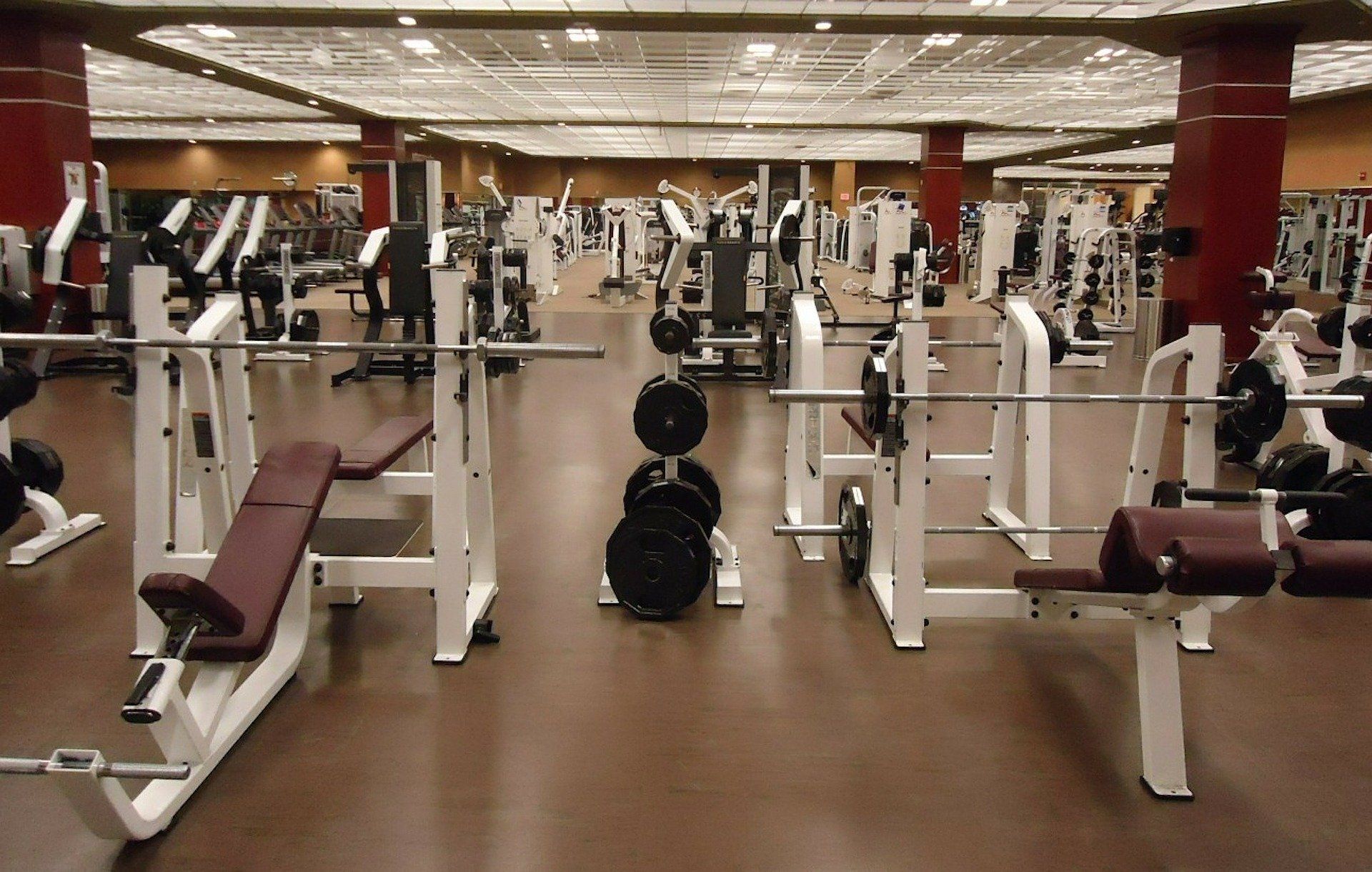Getting into shape is not an easy job and maintaining a perfectly toned body is even tougher. Studies show that even a small break from workouts can lead to body losing shape quickly. Getting out of shape is much easier and quicker than getting into it.
So, what are the factors that determine how quickly a person gets out of shape? Here are a few answers:
Also read: Celebrity trainer Shweta Bhatia on how good diet hastens COVID-19 recovery
We first need to understand how we become fit before we go on to comprehend how the body becomes unfit.
The key to becoming a fit and fine person – is to exceed the “habitual load.” The time the body takes to get fit depends on a couple of factors, which include – fitness levels, age, how hard you work and even the environment.
According to some studies, it also indicates that even just six sessions of interval training can lead to increases in maximal oxygen uptake (V02 max), that is, a measure of overall fitness – and improve how efficiently our body is able to fuel itself using the sugar stored in our cells during exercise.
Cardiovascular fitness
If we stop training, then how quickly we lose fitness also depends on many factors including – the type of fitness we talk about (such as strength or cardiovascular fitness).
Also read: Run like a girl: Women are faster long-distance runners than men, says study
For example: Let’s look at a marathon runner, who is in peak athletic fitness. Now let’s consider the fact that they stopped training completely. Now, as the body is no longer under the stress of training which was forcing it to stay fit – the runner will start losing fitness within a few weeks.
Cardiorespiratory fitness which is indicated by a person’s V02 max (the amount of oxygen a person can use during exercise) may decrease up to 10% in the first four weeks, after a person stops training. This rate of decline will continue, but at a slower pace over longer periods.
The cause of decline in V02 max declines due to reductions in blood and plasma volumes. In the first four weeks after a person stops training, it decrease by as much as 12%.
Plasma volume may even decrease by around 5% within the first 48 hours when someone stops training.
Effect of decreased blood and plasma volume – leads to less blood being pumped around the body each heart beat.
Also read: Oversized clothing trend is here to stay
Strength training
Coming to strength, evidence shows that in the average person, 12 weeks without training can cause a significant decrease in the amount of weight one can lift. Thankfully, research also shows that one can maintain some of the strength gained before the person had stopped training.
The reason attributed to why we lose muscle strength largely is because of the fact that we’re no longer putting our muscles under stress. Following which, the muscles become “lazy”, leading to a decrease in the number of our muscle fibers.
The number of muscle fibers which is used during exercise will decrease by around 13% after just two weeks of no training.
Eventually, after all that effort to get fit and maintain a proper shape, we start losing cardiovascular fitness and strength within 48 hours of stopping. But we do not start to feel these effects immediately. We do not feel it for at least two to three weeks for cardiovascular fitness and around 6-10 weeks for strength. Rates of “de-training” are similar for – men, women, and even for older athletes.






